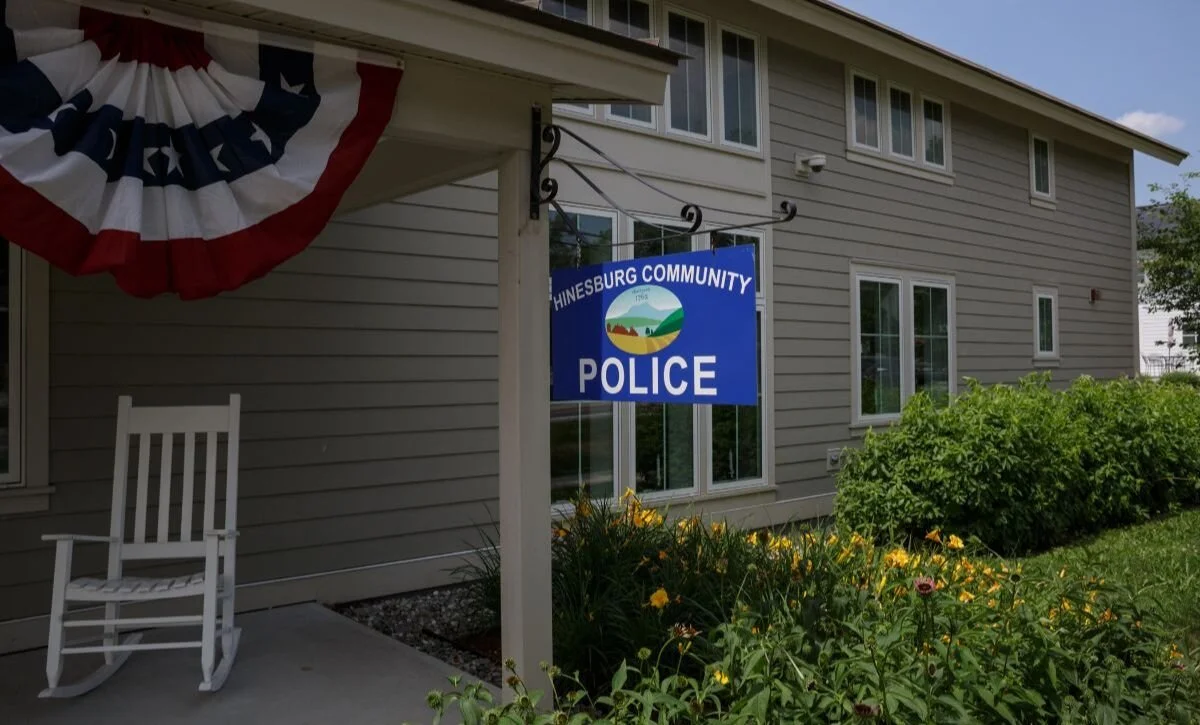Dugway Road is bustling—but repairs are nowhere in sight
Along Dugway Road, the voices of children and families have replaced the sound of passing trucks. The road, which washed out in a major storm on Oct. 31, 2019, and is not yet repaired, has stayed busy despite the closure, parking issues, and a global pandemic.
“You can’t say that it’s a quieter road, but the use of it has changed,” said Carolyn King, a Richmond resident living below the washout. She appreciates the absence of large trucks and construction vehicles. “It’s nice to see people on the road and see families here,” King said.
When the pandemic hit in March, schools closed and families started walking and biking more frequently. “We've always had a recreation component to this road but I think that with the pandemic last spring, people were looking for a place to be outside, to bring their kids,” King said.
When summer arrived, swimming holes in the Huntington River were a perk for visitors and locals alike. “It’s got so many different types of land around it….it’s why we live here,” King said.
To the surprise of some residents, litter on the road has decreased even as visitation swelled. “My husband and I walk the road often and pick up litter...and there has been virtually no litter. We were surprised to find that it is the commuters and not the visitors do the most littering,” said Karen Yaggy, a resident living above the washout.
But for residents of Dugway Road, the closure is a practical matter. The impact varies with location—and whether they are living above or below the washout.
The road closure added 10.8 miles to Yaggy’s round trip commute to Richmond. “It is certainly a lot more mileage, and since we care about the environment, that adds more fossil fuel to the air,” Yaggy said. In the winter she will have to take Huntington Rd. coming back from town, which includes a steep uphill. “In icy or snowy weather it can be pretty tricky,” Yaggy said, noting she feared emergency vehicles might also be slowed by the closure.
Since King lives below the closure, she says that it has not substantially impacted her commute, but that she knows people living above the washout have had to drive further.
Despite those issues, there’s no sign the road will open any time soon. At first, the estimated reopening was Spring 2020, but the town of Richmond is still working with FEMA to create a plan. The plans to rebuild have been slow to form, since the repair necessitates the town to do work outside of the right of way. “For most roads, you can repair it within the right… and you have legal authority to do that,” said Richmond town manager Josh Arneson. For this road, Arneson says that in order to repair it they will need to put a wall down by the river and fill it back up to the road bed, which extends outside of the town’s right of way and into private property.
Rebuilding plans are collaborative: In addition to FEMA, the process includes the Army Corps of Engineers, the Vermont Land Trust, local conservationists, and landowners. East Engineering, a Hinesburg-based civil engineering company, helped draw up reconstruction plans that the town submitted to FEMA.
Next, they’ll create a bid package to send out to qualified construction firms. An early figure suggests it will cost $539,000. “It is the estimate the engineer put together based on labor and materials. We won’t know the actual price until we get it out to bid,” Arneson said.
The town is looking to use the lowest qualified bid. Only then can the long process of rebuilding Dugway Road begin.







